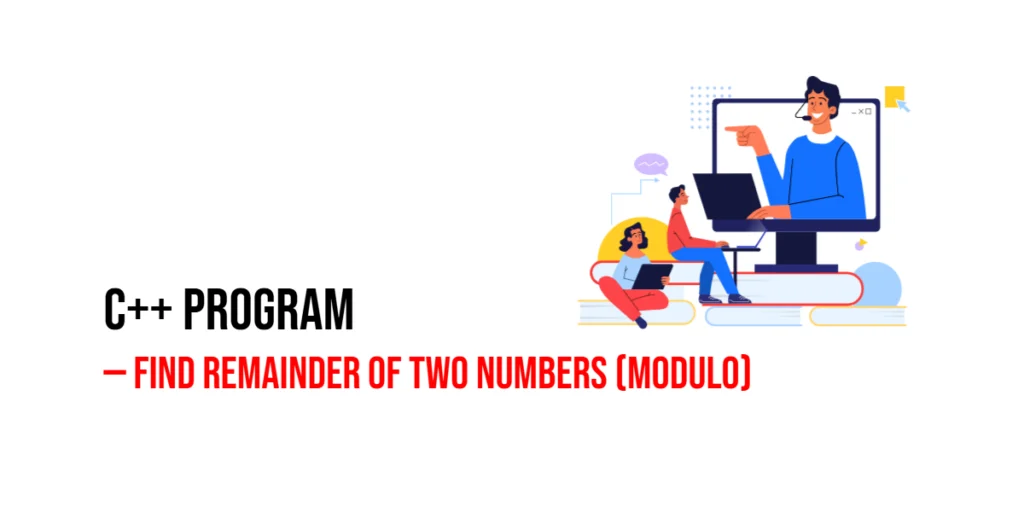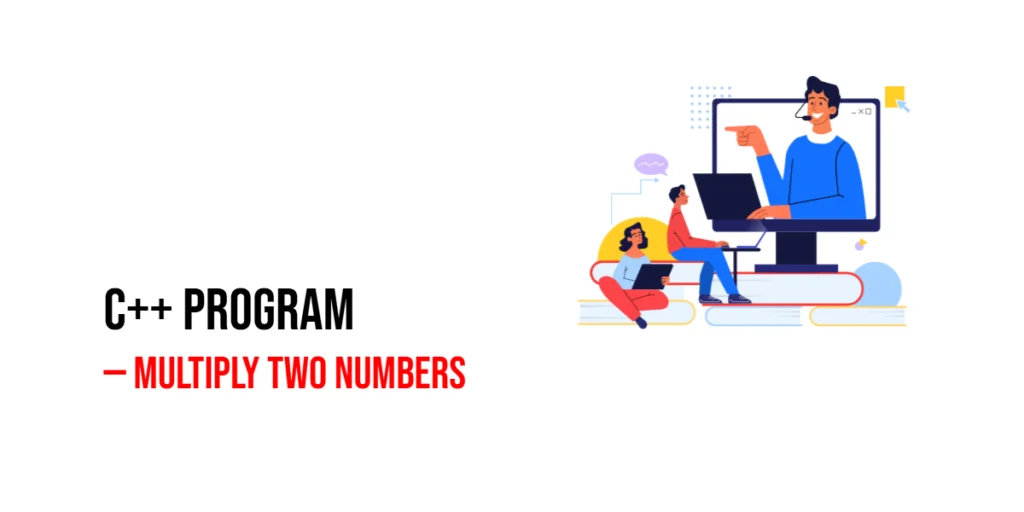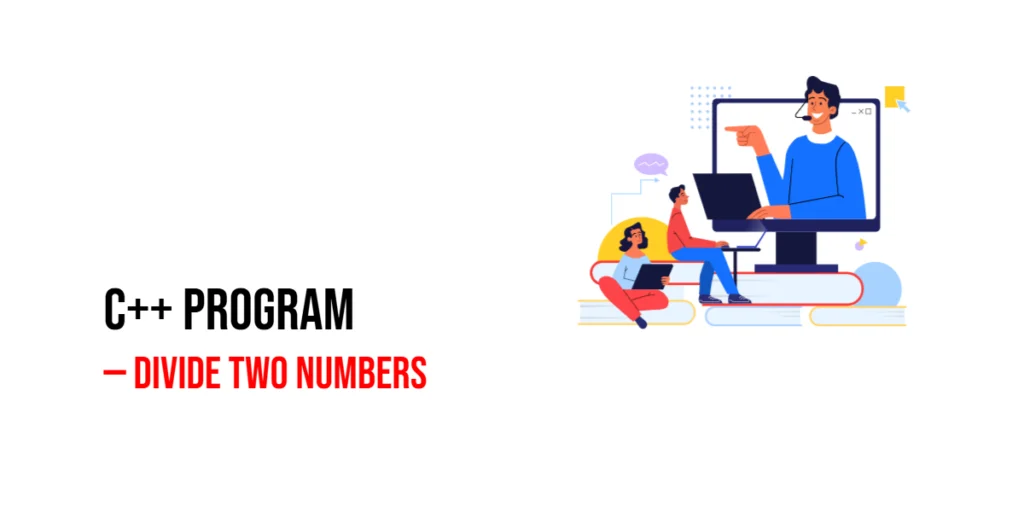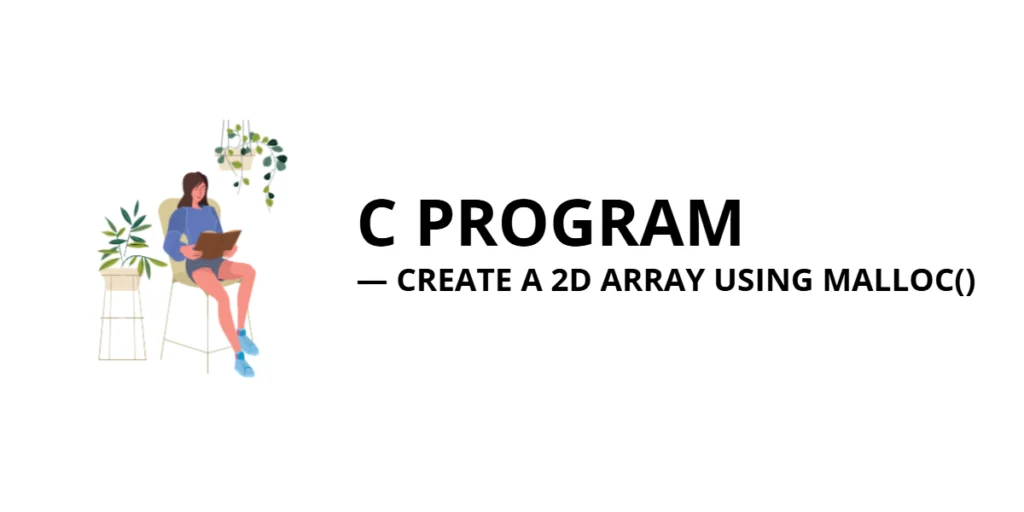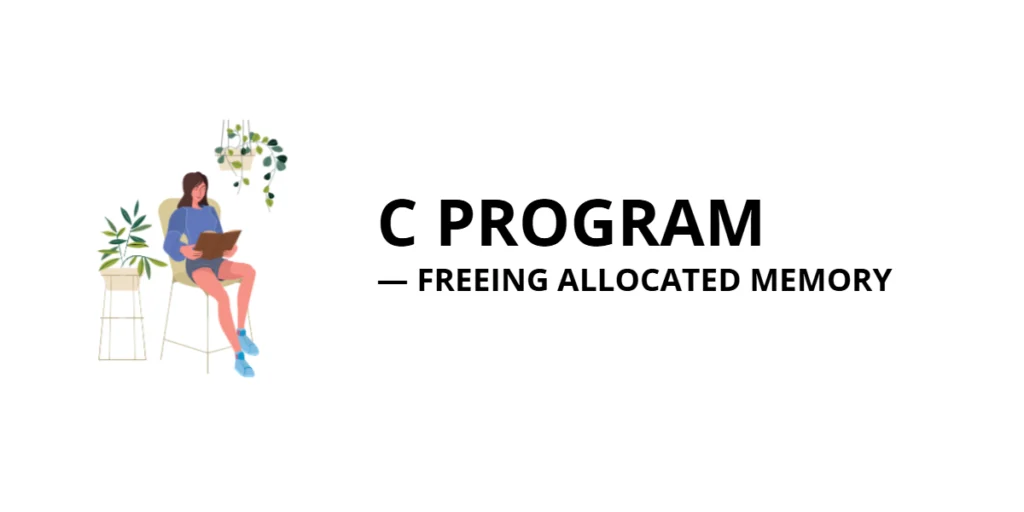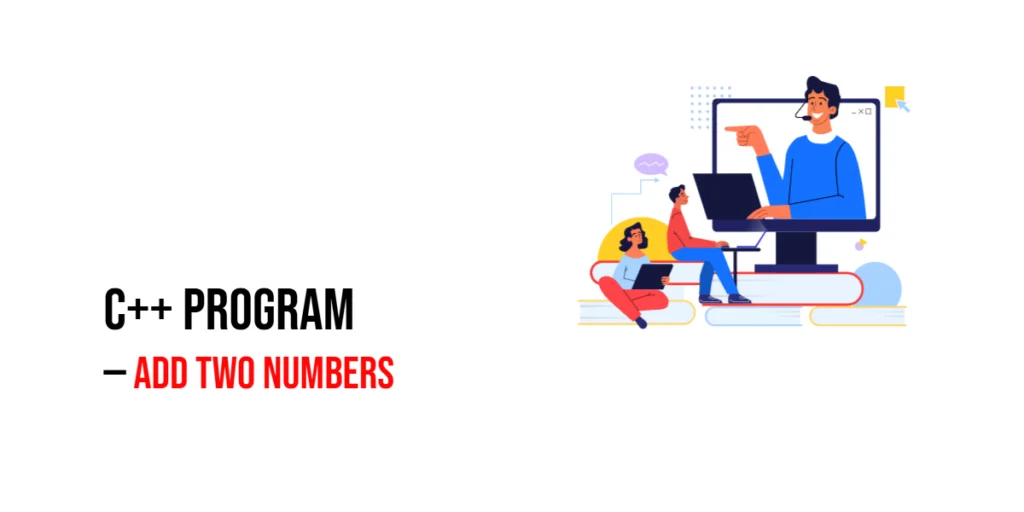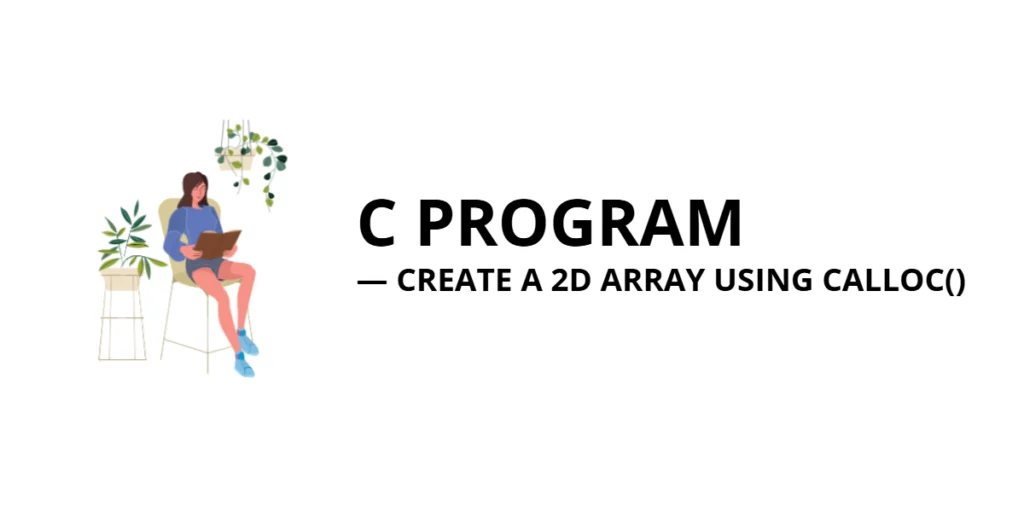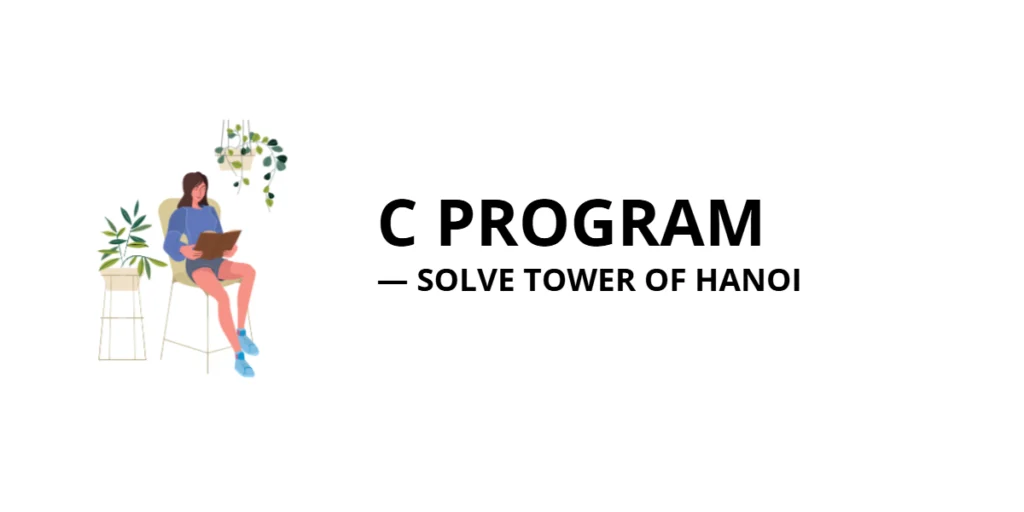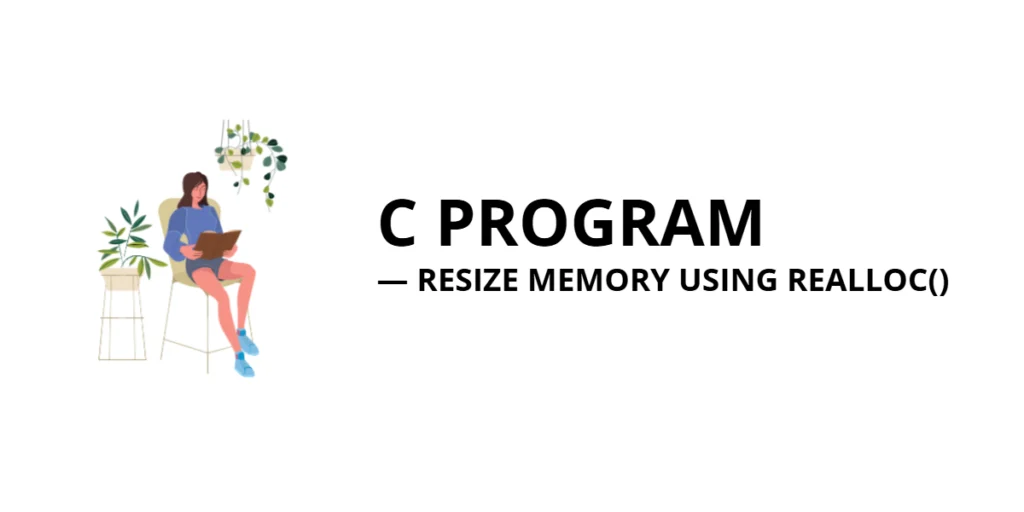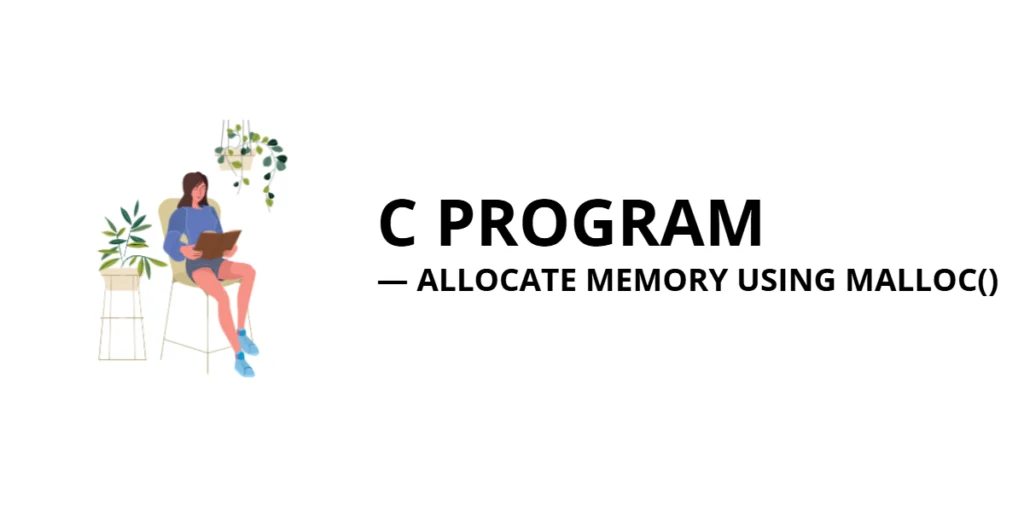C++ Program to Find Remainder of Two Numbers (Modulo)
In C++, the modulo operator % is used to find the remainder when one number is divided by another. This operation is widely used in programming for tasks such as determining even or odd numbers, looping through sequences, and working with cyclic patterns. Understanding how to find the remainder of two numbers is a basic […]
C++ Program to Find Remainder of Two Numbers (Modulo) Read More »
